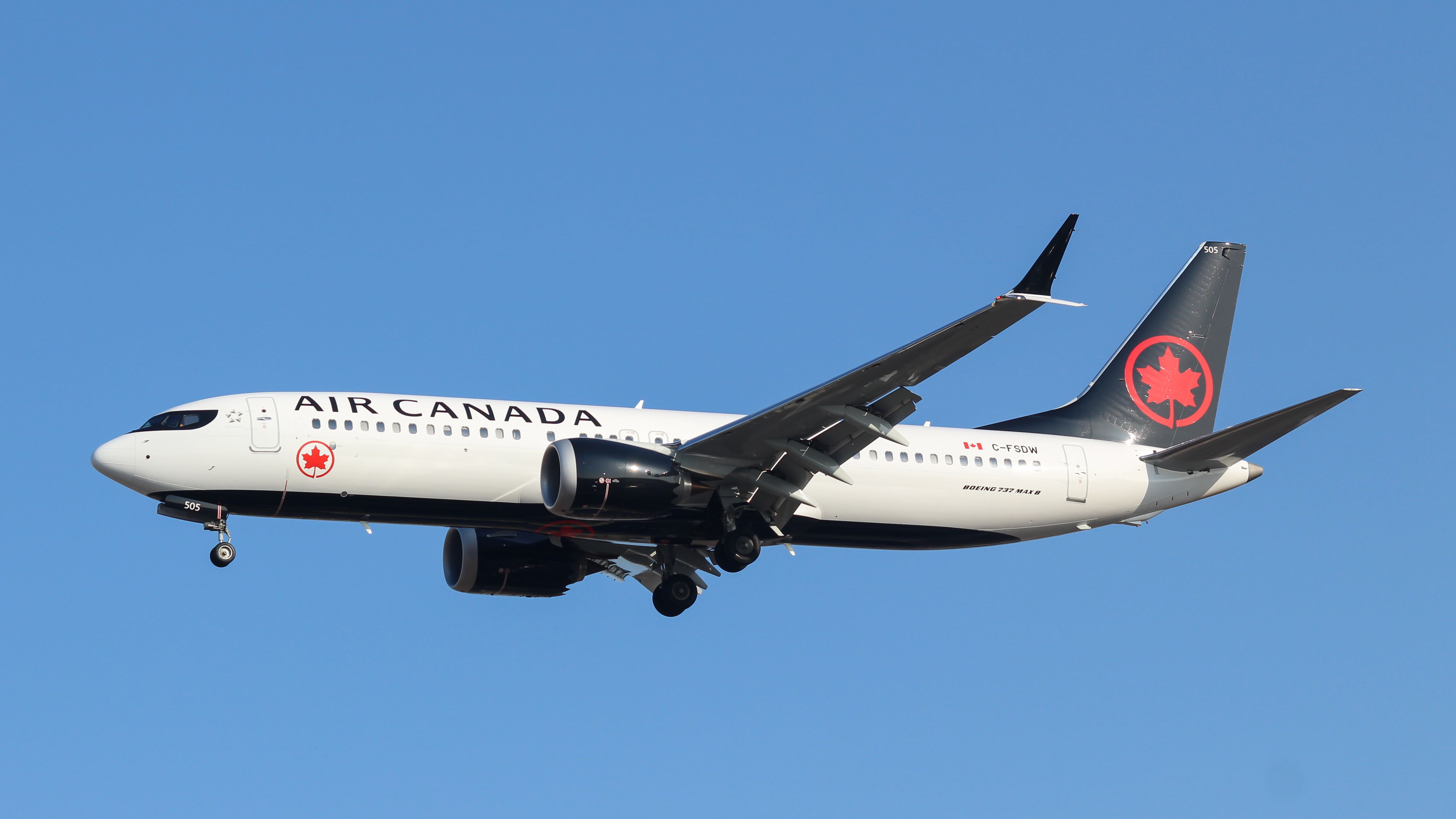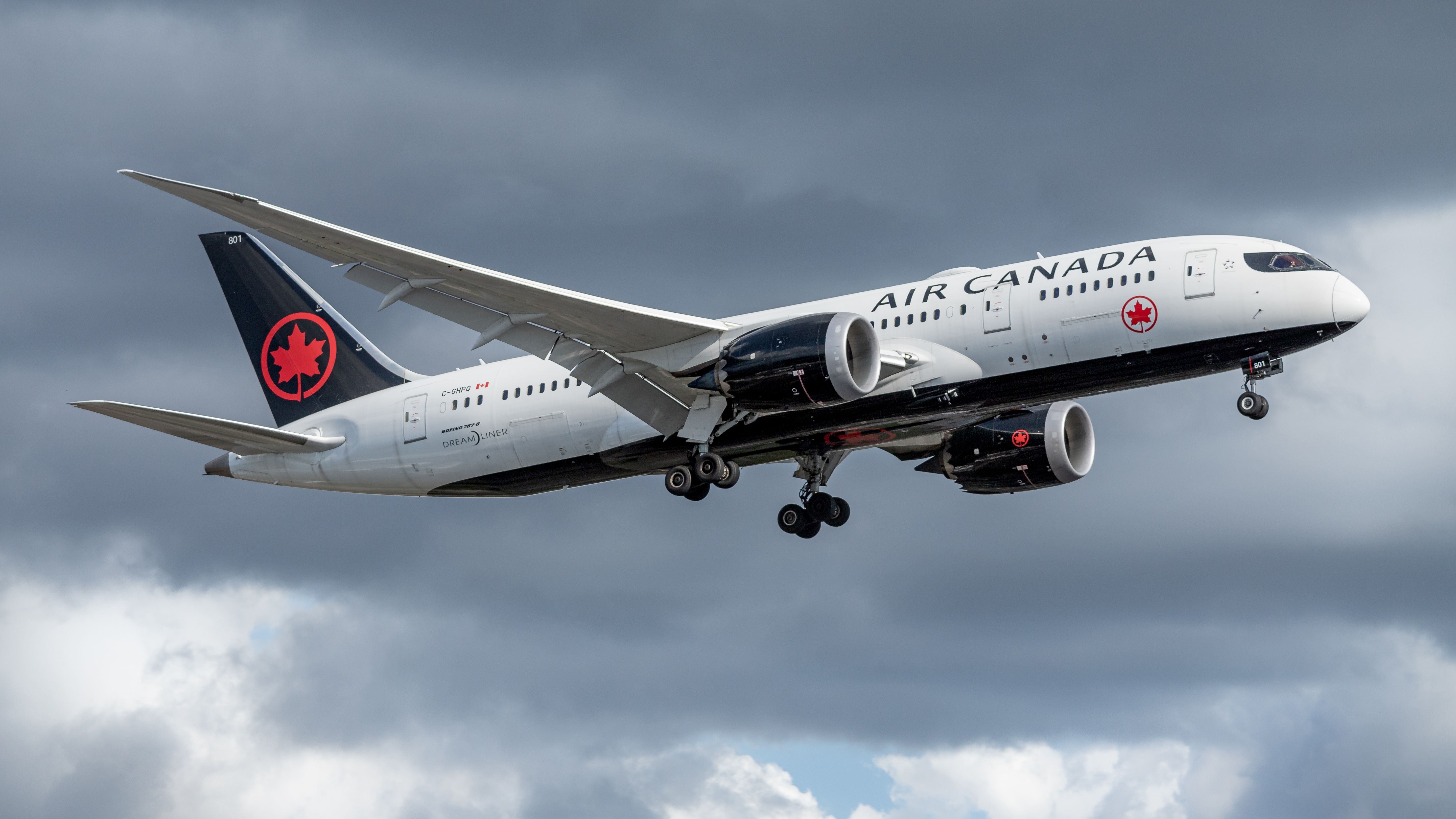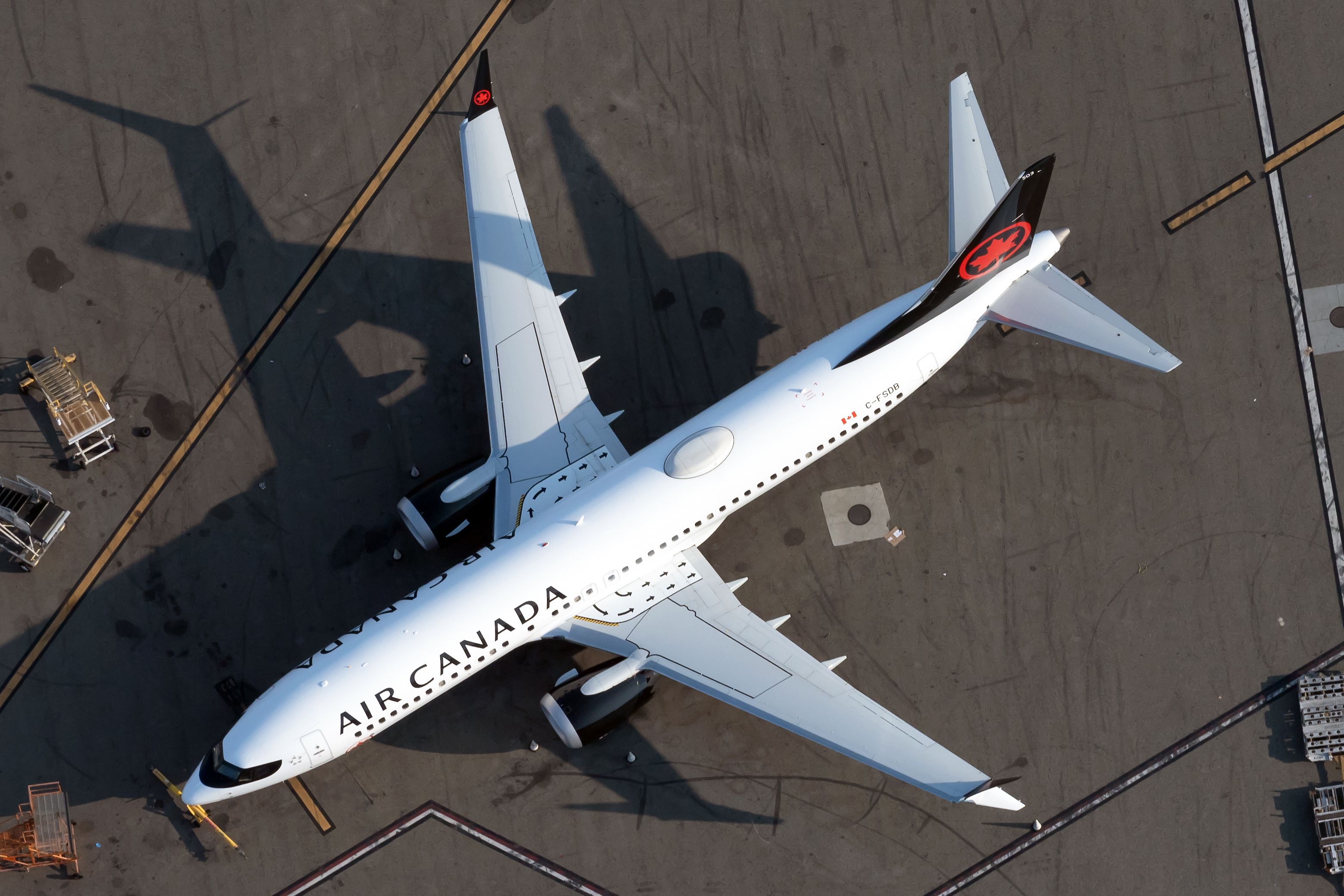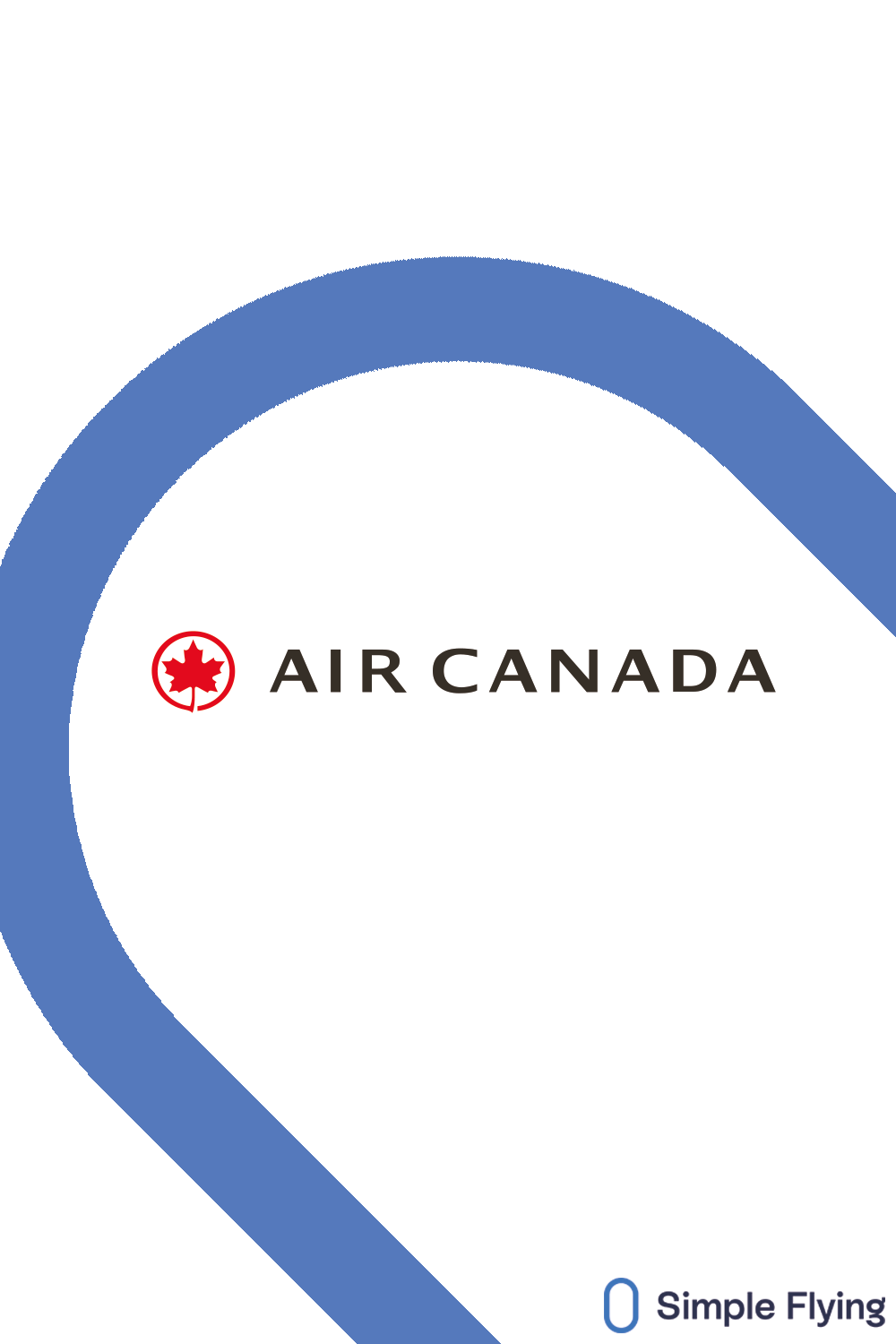Air Canada has released its fourth quarter and full-year report for 2022, revealing a C$187 million ($139 million) loss for the year. However, things are looking up for the carrier after returning to profitability in the last quarter - let's get into Air Canada's latest financial results below.
Air Canada narrows yearly losses
The Canadian carrier has made significant strides in reducing its losses and even turned an operating profit during the fourth quarter. The airline's C$187 million full-year operating loss is a major improvement on the C$3.05 billion ($2.26 billion) losses over 2021.
Michael Rousseau, President and Chief Executive Officer of Air Canada, commented,
"We are pleased with our fourth quarter and full year 2022 financial results. We reported record fourth quarter passenger and operating revenues, surpassing our results from a year ago and those of the fourth quarter of 2019. This was due to solid demand and yield environments across our network."
Air Canada's operating revenues for the full-year stood at C$16.6 billion ($12.3 billion), a 159% increase on its 2021 figure of C$6.4 billion ($4.75 billion), while its capacity - as measured in available seat miles (ASM) - was 82.6 billion, up 147% from 2021.
Fourth quarter profit
Despite recording an operating loss for the year, Air Canada got back on track in the fourth quarter with a return to profitability - the airline posted record operating revenues of C$4.68 billion ($3.47 billion) for Q4, a 71% increase year-on-year and 6% higher than Q4 2019, leading to a C$168 million ($125 million) operating profit. This is a welcome turnaround for the carrier, which recorded operating losses of C$493 million ($366 million) over the same period last year.
Air Canada managed this feat despite facing a series of winter storms over the fourth quarter, leading to considerable disruption across the country. This included Canadian passengers facing major baggage woes over the holiday season, with Vancouver International Airport (YVR) particularly affected. However, the airline was undoubtedly aided by Canada's decision to ease its COVID travel restrictions from September.
CEO Rousseau added,
"This progress was also a result of the dedication and hard work of our employees who safely transported more than two million customers during a holiday period challenged by severe winter weather across North America, and to our entire team who successfully executed on our strategy. I warmly thank them."
Discover more aviation news with Simple Flying.
Return to 2019 capacity next year
Air Canada projects a return to its pre-pandemic capacity in 2024 and should hit around 90% this year. During the first quarter of 2023, the carrier estimates a 50% increase to its ASM year-on-year, which would equal around 84% of its Q1 2019 capacity.
However, the airline is facing considerable headwinds, including up to a 15% higher cost per available seat mile (CASM) this year than in 2019 - however, it hopes to reduce this to 8-10% in 2024. Air Canada continues to build its network and renew its narrowbody fleet - having welcomed all 40 of its Boeing 737 MAX 8s by the end of 2022, the carrier recently upped its Airbus A220 order to 60 aircraft.
Do you see Air Canada having a successful 2023? How often do you fly with the carrier? Let us know in the comment section.




